The Components of a Formal Employee Safety Program
What Is an Employee Safety Program?
Steps To Creating a Safety Program
Education and Training
Training is an important component of a formal employee safety program. Every employee should have extensive safety training before beginning their employment. Safety training should also become a regular part of a company’s operations.
When workers are well-informed about potential risks within the workplace they are more likely to avoid such risks. Experts suggest that safety training should include information about hazards, safety protocols, restricted behaviors, how to report safety concerns, etc.
Lead by Example
This step involves management serving as examples to the rest of the employees. It helps to set expectations set by the company in terms of knowing and following safety procedures. Companies can assign management certain tasks by watching and tracking employees to ensure they are operating within safety guidelines.
Another part of this includes allowing managers to have the authority to obtain necessary safety resources and other activities that involve workers and their safety. This can include allowing managers to decide in which manner employees should receive training or allowing managers to incorporate additional training that they notice may be helpful to the team.
Schedule Workplace Reviews
Prevent workers from slipping into bad habits with regular reviews and check-ups. Some suggest scheduling frequent workplace visits to inspect and observe employee safety practices or lack thereof.
Take Proactive Steps
Regularly test machinery and other equipment that is used as part of the company’s operations. Before a piece of equipment breaks, employees should know how to report it, replace it, or fix the equipment. This makes sure that no one is injured from faulty equipment. Workers should also know how to handle other issues such as chemical spills, fires, and gas leaks. Anything that could happen within a workplace that would be a threat to an employee’s safety should be discussed.
Hazard Prevention
Managers and employees have to determine what will be done if a hazardous health and safety issue is presented. There should be a plan for preventing such an event as well as handling it once it happens. You should also consider removing elements that could cause hazardous situations to occur. Personal protective equipment or PPE should also be available for employees that might need it for protection.
A Proactive Approach to Risk Management
Biscayne Risk & Insurance can assist you with your risk management needs. Click here to find out how you can get a quote from us.
Take a proactive step by engaging in risk prevention services with Biscayne Risk & Insurance Group. It’s what your business needs to help mitigate any risks before they occur. Our experts will identify what risks your company should address while also finding ways to help you manage insurance costs. Contact us to find out more about how to get started.
What Is an Employee Safety Program?
Steps To Creating a Safety Program
Education and Training
Training is an important component of a formal employee safety program. Every employee should have extensive safety training before beginning their employment. Safety training should also become a regular part of a company’s operations.
When workers are well-informed about potential risks within the workplace they are more likely to avoid such risks. Experts suggest that safety training should include information about hazards, safety protocols, restricted behaviors, how to report safety concerns, etc.
Lead by Example
This step involves management serving as examples to the rest of the employees. It helps to set expectations set by the company in terms of knowing and following safety procedures. Companies can assign management certain tasks by watching and tracking employees to ensure they are operating within safety guidelines.
Another part of this includes allowing managers to have the authority to obtain necessary safety resources and other activities that involve workers and their safety. This can include allowing managers to decide in which manner employees should receive training or allowing managers to incorporate additional training that they notice may be helpful to the team.
Schedule Workplace Reviews
Prevent workers from slipping into bad habits with regular reviews and check-ups. Some suggest scheduling frequent workplace visits to inspect and observe employee safety practices or lack thereof.
Take Proactive Steps
Regularly test machinery and other equipment that is used as part of the company’s operations. Before a piece of equipment breaks, employees should know how to report it, replace it, or fix the equipment. This makes sure that no one is injured from faulty equipment. Workers should also know how to handle other issues such as chemical spills, fires, and gas leaks. Anything that could happen within a workplace that would be a threat to an employee’s safety should be discussed.
Hazard Prevention
Managers and employees have to determine what will be done if a hazardous health and safety issue is presented. There should be a plan for preventing such an event as well as handling it once it happens. You should also consider removing elements that could cause hazardous situations to occur. Personal protective equipment or PPE should also be available for employees that might need it for protection.
A Proactive Approach to Risk Management
Biscayne Risk & Insurance can assist you with your risk management needs. Click here to find out how you can get a quote from us.
Take a proactive step by engaging in risk prevention services with Biscayne Risk & Insurance Group. It’s what your business needs to help mitigate any risks before they occur. Our experts will identify what risks your company should address while also finding ways to help you manage insurance costs. Contact us to find out more about how to get started.
HOW CAN WE SERVE YOU?
CALL | 561-571-1001
EMAIL | hello@biscaynerisk.com
HOW CAN WE SERVE YOU?
CALL | 561-571-1001
EMAIL | hello@biscaynerisk.com
SERVICES
RESOURCES
ABOUT
HOME OFFICE
Biscayne Risk Group Inc.
5571 N. University Dr. Ste. 101
Coral Springs, FL 33067
Phone | 561-571-1001
Email | hello@biscaynerisk.com



